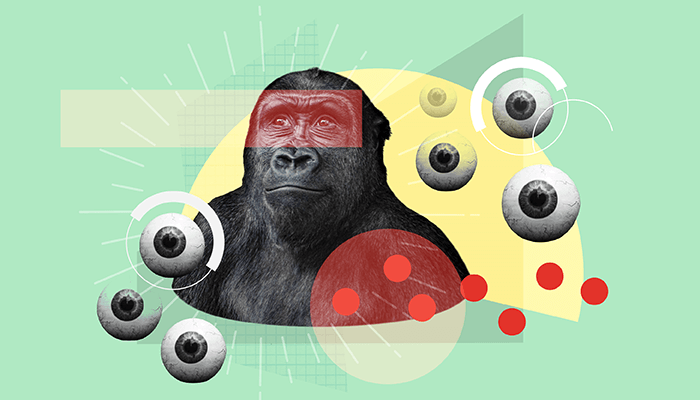
Although rare, Usher syndrome (USH) is the most common genetic condition responsible for the loss of both hearing and vision (1). Cochlear implants can enable children with USH who are born deaf to recover their hearing, there are no viable treatment options to prevent vision loss.
To help in the search for a treatment, a research team at Oregon Health & Science University have developed a nonhuman primate model that exhibits symptoms mirroring those of the most severe form of USH (Usher 1B).
Here, we speak to research team lead Martha Neuringer about the development of the model, its ethical implications, and what it could mean for the future of USH treatment.
How did the development of this model come to fruition?
There is a long-standing need for translational models for inherited retinal diseases (IRDs) that allow testing of potential therapies in a way that better predicts their effectiveness for human patients. Now that gene therapy has become a reality, as pioneered by Luxturna for Leber congenital amaurosis caused by RPE65 mutations, the need has become more urgent (2). And this is especially true for diseases – like Usher syndrome type 1B (USH1B) – that lack viable primate models. Due to fundamental differences in photoreceptor structure between rodents and primates, rodents with knockout of MYO7A – the gene involved in USH1B – do not show retinal degeneration. This factor, together with the severity and early onset of this disabling disease, which affects hearing, balance and vision, made USH1B a high priority for the development of an accurate animal model.
We have spent decades screening our large, nonhuman primate (NHP) colony at the Oregon National Primate Research Center for naturally-occurring IRDs. A few years ago we found one – a form of Bardet-Biedl syndrome – but no cases of USH. While this was happening, scientists in the ONPRC Reproductive and Developmental Sciences group began using the powerful CRISPR/Cas9 gene editing method on NHP embryos.
We quickly began discussions about creating a NHP model of USH1B and obtained funding from the Foundation Fighting Blindness, which continues to support our work. Much time and effort was invested into optimizing the gene editing protocol, which led to the birth of the first monkey infant in late 2021 with full editing of the MYO7A gene. Brigande and his team confirmed at 1, 2, 6, and 12 months the absence of auditory function, and we observed balance issues typical of vestibular dysfunction. The first signs of photoreceptor degeneration emerged at four months of age, confirming that this NHP model recapitulates all three of the cardinal features of this disease.
How do you balance the ethical concerns of using NHP models with the potential benefit?
In this particular case, we are faced with the tragedy of thousands of patients progressively losing their vision to a disease for which we know the genetic cause, have promising gene therapy treatments ready to be tested, but no accurate model in which to evaluate their safety and efficacy. We believe it is appropriate to conduct research on a small number of nonhuman primates to provide a necessary bridge to treatment for USH1B patients. Moreover, this research could set the stage for the treatment of other forms of retinal degeneration.
What does this mean for the future of USH treatment?
If tests of gene therapy in this model show efficacy – in the form of slowing the course of retinal degeneration or even restoration of retinal function – it would trigger the initiation of human clinical trials and, subsequently, transfer treatment to USH1B patients.
Indeed, we must now expand the production of affected animals, so that we may use them to test a gene therapy agent designed to deliver the full normal MYO7A gene to photoreceptors. A major challenge is to improve the efficiency of gene editing and speed the production of animals with MYO7A mutations, so that multiple promising therapeutic strategies can be evaluated.
What does the successful development of this model mean to you?
Our work represents the fulfillment of a long-held mission of my research: to provide appropriate, accurate NHP models of retinal disease, thus facilitating the preclinical testing of promising therapies. This is the first time that creation of a model has been accomplished by gene editing for any retinal disease. However, we expect that NHP models for other diseases – particularly those affecting the macula, which is present only in primates – will follow in the future.
I want to acknowledge the Usher syndrome patient and parent community, which has been extraordinary in terms of courage, resolve, and spirit as we all work effectively to push Usher syndrome research forward. They are our inspiration every day.
References
- A Castiglione, Claes Möller, “Usher Syndrome,” Audiology Research, 12, 42 (2022). PMID: 35076463.
- FDA, “FDA approves novel gene therapy to treat patients with a rare form of inherited vision loss” (2017). Available at: http://bit.ly/3L6KlNF.
